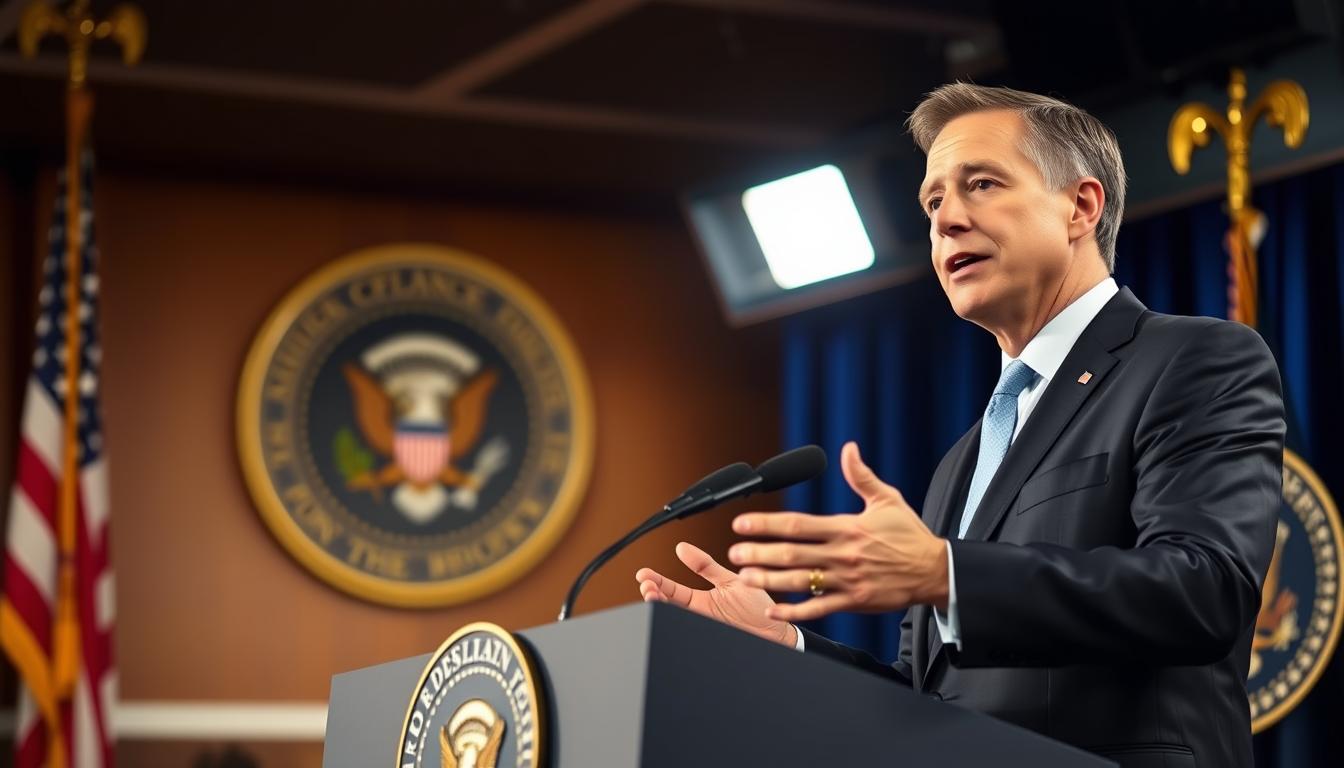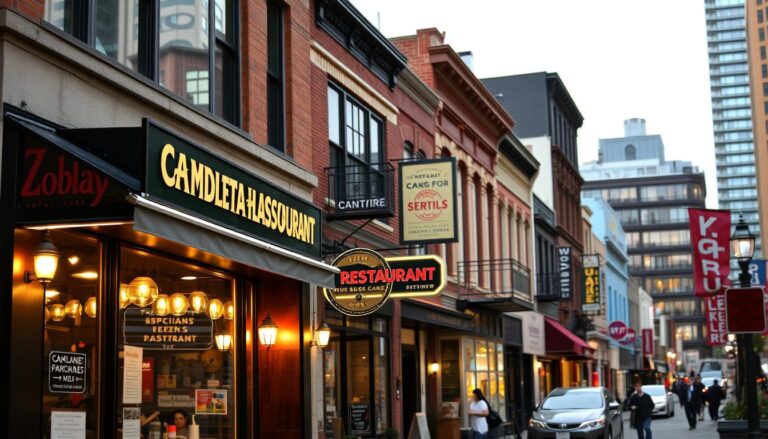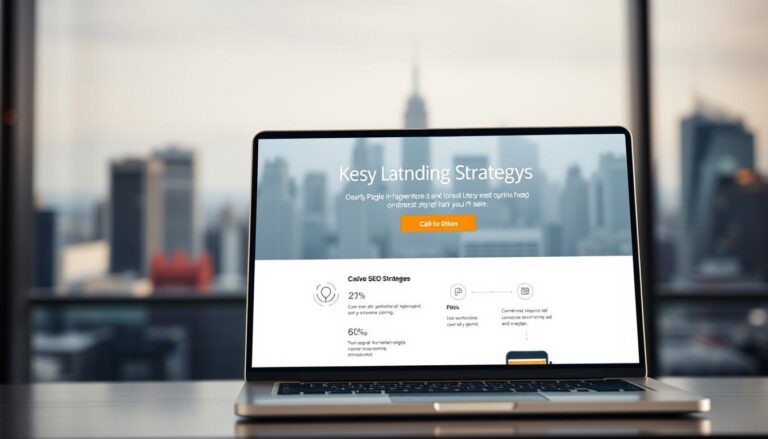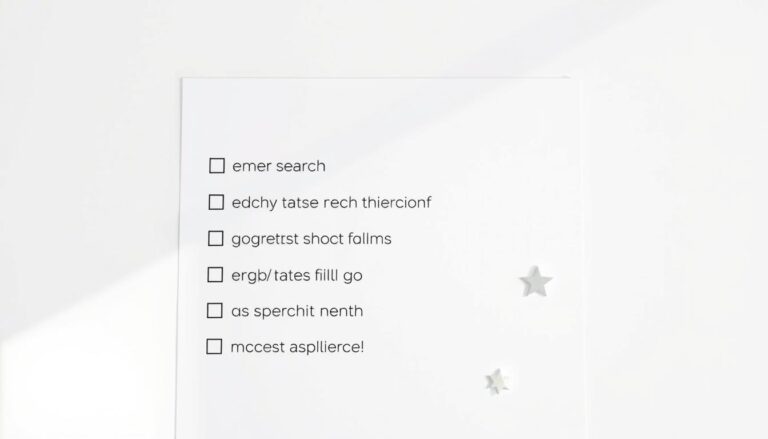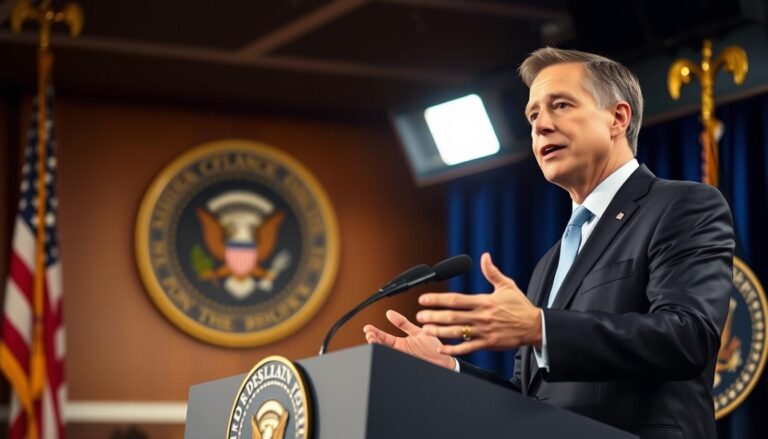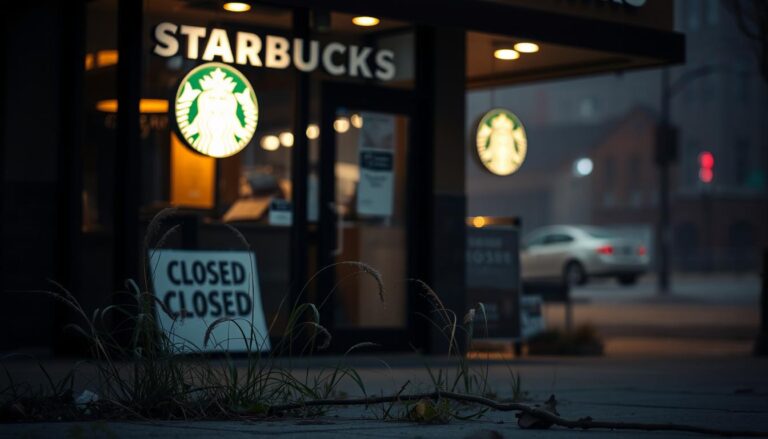One Big Beautiful Bill Act (P.L. 119-21) reshaped federal rules on July 4, 2025. The law made immediate changes to Title IV HEA that affect eligibility and program design under the Department of Education.
The act removes the partial financial hardship test for income-driven repayment and expands IBR eligibility for loans made between July 1, 2014 and July 1, 2026. It also lets consolidation loans that repaid Parent PLUS join IBR, and it links the forthcoming Repayment Assistance Plan (RAP) with Public Service Loan Forgiveness once RAP starts.
Readers will find clear timelines for what the department will implement now versus later, how negotiated rulemaking and rulemaking calendars will shape future programs, and what changes mean for interest rates, payment years, and forgiveness paths under the administration.
Key Takeaways
- Immediate law changes: IBR test removed and access widened for certain borrowers.
- Consolidation options now include Parent PLUS repayments for IBR enrollment.
- RAP payments will count with PSLF once the assistance plan launches.
- Certain Biden-era rules are delayed and older rules restored for defined cohorts.
- The Department of Education will use negotiated rulemaking and notices to set timelines.
What’s changing now: Immediate actions under the One Big Beautiful Bill Act
Immediate changes make it easier for many to shift into a lower-cost income-driven plan. Under the one big beautiful law, the partial financial hardship test is removed for loans originated July 1, 2014 through June 30, 2026. That means eligible borrowers may move from higher-rate plans to IBR at 10% of discretionary income with 20-year cancellation.

The department education will update servicers and Studentaid.gov so consolidation borrowers who repaid Parent PLUS can enroll in IBR. Systems work is required before enrollment flows are active.
Beginning in 2026–27, annual loan limits for less‑than‑full‑time students will be reduced proportionally. The Department will publish a schedule after public comment and finalize it through rulemaking.
PSLF rules now count future payments under the forthcoming repayment assistance plan toward forgiveness once RAP launches, if other PSLF criteria are met. At the same time, Borrower Defense and Closed School Discharge revert to the July 1, 2020 regulations for loans originated before July 1, 2035, with Federal Register notices to follow.
- What to do: Track notices from servicers and the Department so you know when enrollment and schedules open.
- Impact: Changes affect payments, interest interactions, and forgiveness timelines across federal student loan programs.
trump student loan repayment overhaul: Standard plan and Repayment Assistance Plan
A split-choice model now sets clear terms for new borrowers: a fixed-term standard option or an income-based repayment assistance plan.
The new standard repayment option: 10-25 years based on loan size
The standard repayment assigns a defined term by balance. Balances under $25,000 amortize over 10 years. Balances from $25,000 to $50,000 run 15 years. Balances from $50,000 to $100,000 run 20 years, and amounts above $100,000 carry a 25-year term.
Current borrowers cannot join this new standard plan. That preserves legacy timelines while giving future cohorts a mortgage-like schedule.
Repayment Assistance Plan (RAP): AGI-based payments with a $10 monthly minimum
RAP bases payments on AGI. If AGI is $10,000 or less the minimum monthly amount is $10. Payments then scale from 1% of AGI up to 10% as income rises, stepping with each $10,000 band.
Interest relief mechanics: Unpaid interest waivers and principal matching
Under RAP, any unpaid interest each month is waived so the balance does not grow from unpaid interest. This prevents negative amortization.
To ensure progress, the government will match up to $50 monthly toward principal if a borrower’s payment reduces principal by less than $50. If principal falls by $50 or more, no match applies.
Program lock-in: One-way enrollment and end of the SAVE plan
Enrollment into RAP is one-way. Borrowers should weigh future income and plans carefully before choosing. The SAVE plan is eliminated for future cohorts, consolidating income-driven options into RAP.
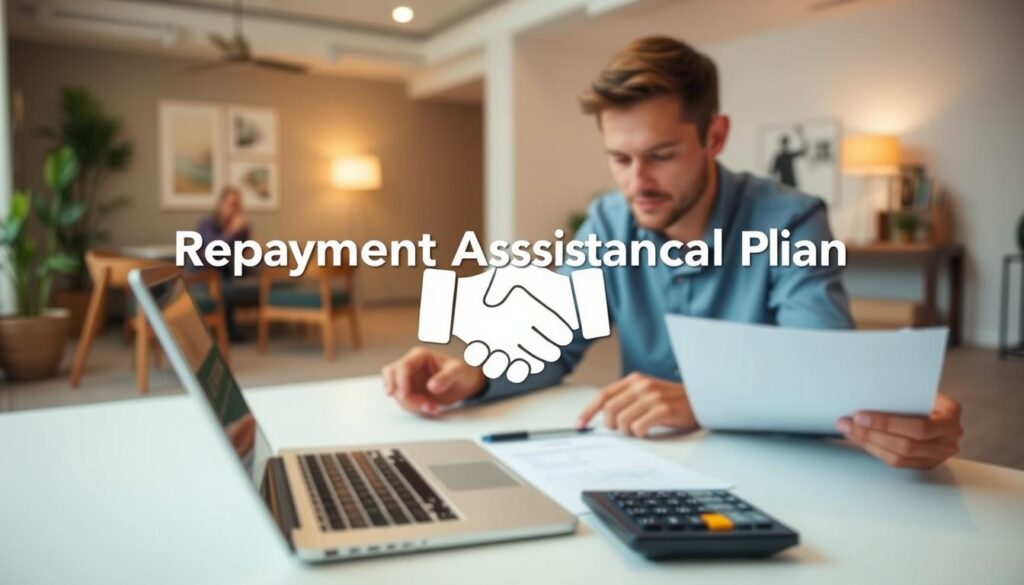
What current versus future borrowers should expect
Expect a clear split: protections and choice for current borrowers, and a simpler menu for those who borrow after July 1, 2026 under the One Big Beautiful changes.
Current borrowers
If you already have federal student loans, you keep access to legacy income-driven repayment options like IBR. You can also opt into the new repayment assistance plan.
Key point: prior qualifying payments will still count toward forgiveness timelines, so years already served are preserved.
Future borrowers (after July 1, 2026)
New borrowers face two choices only: the fixed standard plan tied to balance and RAP with AGI-based payments, unpaid interest waivers, and principal matching up to $50 per month.
Enrollment in RAP is one-way and the SAVE plan will be eliminated for new cohorts. That makes the plan selection critical at the start.
- Compare monthly payment, total repayment over the years, and forgiveness timing before choosing.
- Keep documentation current so prior qualifying payments remain credited during any program transitions.
- Watch servicer notices and school resources as systems update during the implementation process.
Who wins and who pays more: Impacts by borrower profile
Different borrower profiles will see sharply different outcomes once the new options take effect.
Low-income borrowers: Lower payments with a required minimum
Low-income borrowers often pay less under RAP because payments scale with AGI and unpaid interest is waived each month.
That waiver prevents balances from growing and the $10 minimum ends $0 payment months. For some households, that floor can be a new strain compared with deferment.
Undergraduate debt holders: Tradeoffs between timelines
Undergraduates must weigh a 20-year IBR forgiveness path against RAP’s balance protections.
Choose IBR if you are near forgiveness and want a fixed timeline. Younger borrowers may prefer RAP to avoid unpaid interest and get the monthly $50 principal match.
Graduate borrowers with high balances: Longer paths and higher lifetime costs
Graduate borrowers with large balances may face longer total payments under RAP’s extended horizon and could repay in full before any forgiveness triggers.
Interest rates and overall rates shifts still affect amortization even when unpaid interest is waived, so modeling matters.
Parent borrowers: New IBR access and PSLF strategies
Parents who consolidate Parent PLUS can now access IBR. Public-sector parents can plan to use RAP or IBR so payments count toward PSLF once RAP launches.
- Balance protections: unpaid interest waivers and up to $50 principal matching.
- Minimums: $10 monthly payment ends $0 months.
- Limits and planning: tighter borrowing limits coming in 2026–27 mean students and families should plan course loads and financing.
What to watch next for borrowers and schools
Expect Federal Register notices and servicer alerts to set firm dates for RAP’s launch and related changes. The department education will publish restoration rules for Borrower Defense and Closed School Discharge for loans originated before July 1, 2035.
Watch negotiated rulemaking and the department education schedule for the proportional limits that take effect in the 2026–27 year. Schools should update counseling materials so students understand new limits and plan choices.
Track guidance on income documentation, payments posting, and how prior qualifying payments count toward PSLF. Also look for tools that show how interest and interest rates affect balances under repayment assistance.
Stay proactive: save records, confirm plan selection on servicer portals, and monitor agency notices so credits and deferment handling post correctly.
